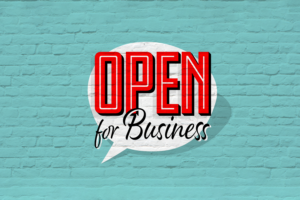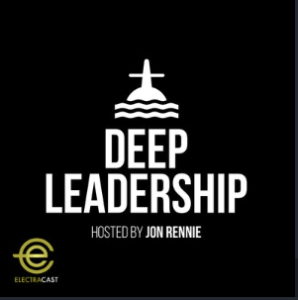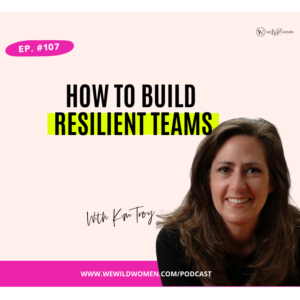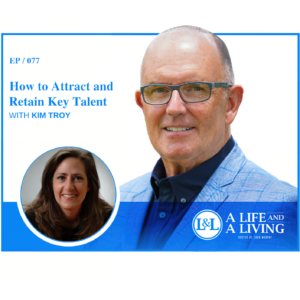We are often asked whether it’s truly possible to establish and build genuine 1-to-1 relationships in digital channels. After all, for decades our telephones, inboxes, and snail-mailboxes have been overwhelmed by an onslaught of meaningless junk, and all that noise has made us downright numb to any meaningful messages that might be buried in there.
Well, to those spam-weary cynics out there, we say, HECK YEAH! Anyone and everyone that you could ever possibly want to have a relationship with are on some form of digital channel these days, so digital is the place to be. But forming a truly authentic human relationship digitally is only possible if you do it the way you would develop a relationship in person. So here are some things to remember…
It’s about how you say it
- Consider the tone of the message – Maybe it’s a generational thing, or maybe it’s from years of essay-writing in school, but we have a tendency to believe there’s still a right way (and a wrong way) to express oneself in writing. And that, in a business-to-business setting, it must sound formal and professional. But today’s digital channels, like email, texting, and social media, have forever changed the rules of business writing. These new channels allow for, and some even encourage a more informal and conversational tone… much like we communicate in person. A professional, business-like message—even in professional channels like LinkedIn—can be seen as stuffy and off-putting in this digital age. So be sure that the tone of your message is slightly less formal while still remaining free of misspellings or grammatical faux pas.
- Customize it to the recipient – Whether in person at a networking event, or online in email, to form and maintain a genuine relationship you have to be, well… genuine. Cookie-cutter messages are spammy and disrespectful. So make sure your message is written in such a way that respects the time, expertise and interests of the person you are sending it to.
- Make it personal – Make sure your message is addressed to the person you want to get to know, and whatever you do, spell the name correctly. If you can ascertain what name he or she goes by (does James Young actually go by Jim?), use the more familiar name in addressing your new acquaintance. And whenever possible, craft your message in a way that shows you took some time to learn something about the person by mentioning something they care about or that’s unique to them.
Show a little love
Whether in digital channels or in person, the most important aspect of initiating any kind of relationship with another person is finding things that you each have in common. The strongest bonds between two people are formed not from one person liking the other person, but rather from each enjoying what the other person enjoys. “I like you” is okay, but “I like what you like” is even better. And “I see the world the same way you do” is best.
When developing your messaging, you will build the deepest rapport by referencing something that you both have in common. The very channels you’re communicating in are a great resource for learning about someone’s interests, background and mutual acquaintances. There are four categories of potential commonalities:
- Characteristics – These are about what and who you are. Title/responsibilities, industry certifications, age/gender, ethnicity, group memberships, physical traits and family situation are examples of potential shared characteristics.
- Experiences – These are related to where you’ve been and what you’ve done in the past or what you are going through right now. Travel destinations, working in a certain industry or at a specific company or job, living in a particular place or going through some sort of life event are examples of potential shared experiences.
- Interests – Here, it’s about what you like. The list of potential shared interests is long: hobbies, sports teams, movies, music, food, vacation destinations, authors, business gurus, sunny weather… the list goes on and on. Interests provide the widest variety of potential commonalities of all the categories on this list.
- Opinions – These are about what you think and how you see the world. Political views, religious affiliation, commentary on current events and business industry views fall into this category. Opinions are the most volatile of all commonality areas: they can forge incredibly strong bonds between people but they can also alienate people who don’t share your viewpoints. So care must be taken to ensure that your opinion is one that the person with whom you want to build a relationship agrees with.
Give something of value
Once you’ve made an initial connection, the most effective way to deepen a relationship is to give a little something of yourself. Offer something of value to your new acquaintance without expecting—or asking for—anything in return. Here’s how to do it:
- Value – Remember that whatever you’re offering has to be perceived by the recipient as truly valuable. It doesn’t have to be worth a lot, but it does have to be something that makes your acquaintance feel enriched for having read your message. It might be an article or an idea, that shows you were thinking of them.
- Relevant – Whatever you’re offering should be unique to the recipient and relate to their interests or talents (see the ‘Show a little love’ section above). Perhaps letting the person know about an upcoming conference they might be interested in or a social event that’s aligned with their passions.
- No strings attached – The offer should be given freely and without asking the recipient to give something back to you. As hard as it may be, do not conclude your message with a request to call you, or a recommendation to go check out your website. This can be the hardest part of rapport-building in digital channels, but it is the most effective because it engenders trust. When you let the relationship form naturally, you’ll be amazed by how deep (and genuine) it will actually get.
Contrary to popular belief, social media, email and texting channels can be phenomenal vehicles for forming and deepening real human-to-human relationships… but only when used as you would in-person channels like networking events, golf outings and conferences.
The good news is that you already know how to do it. It turns out you’ve been doing it your whole life!










